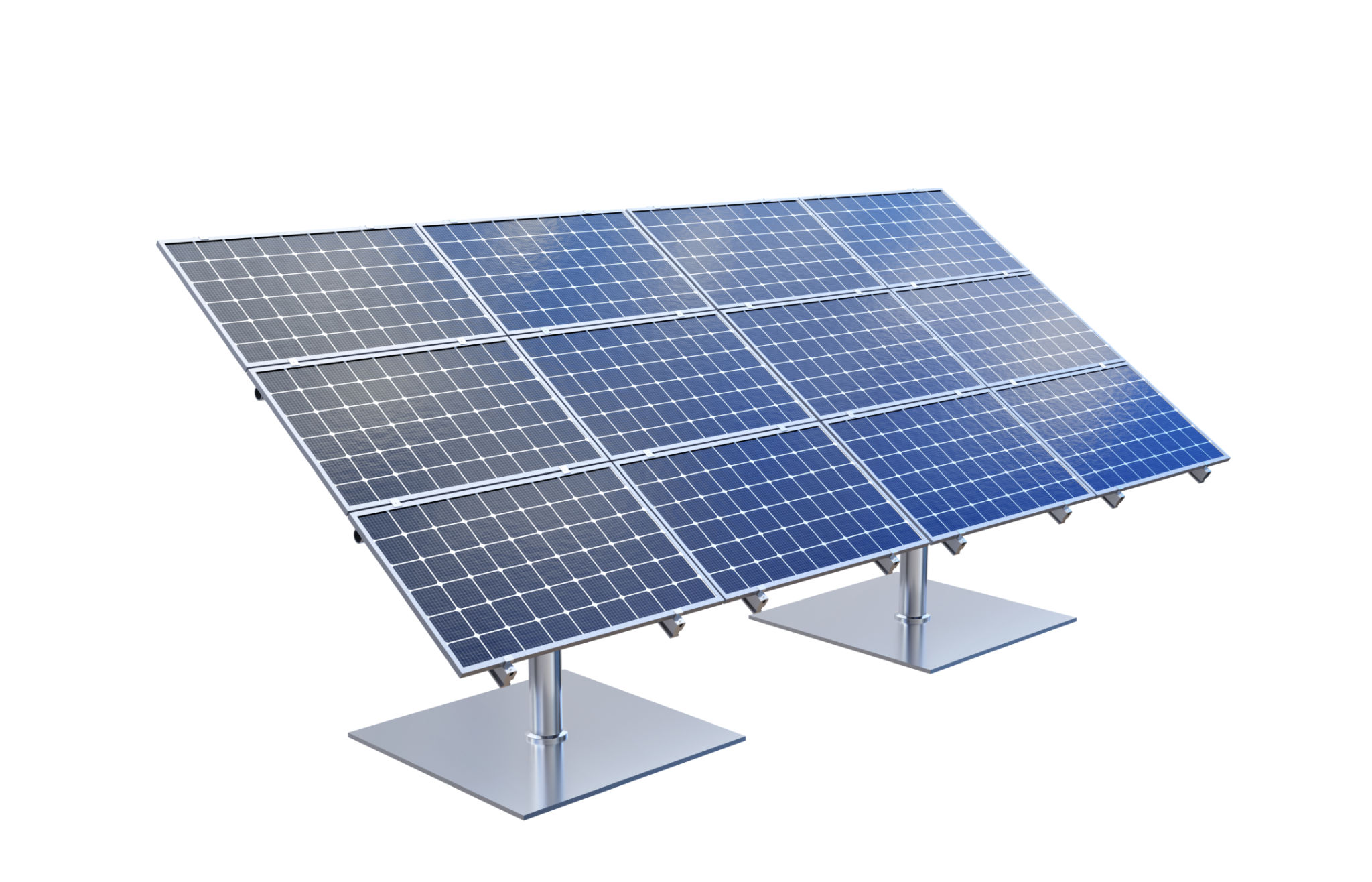Eco-Friendly Architectural Trends in the 2020s: A Canadian Perspective
Introduction to Eco-Friendly Architecture
As we progress through the 2020s, the architectural landscape in Canada is experiencing a significant transformation. With an increasing focus on sustainability, many architects are integrating eco-friendly principles into their designs. This shift not only aims to reduce the environmental impact of buildings but also to create healthier living spaces for residents. The trend is gaining momentum across the nation as both urban and rural communities embrace green architecture.

Green Building Materials
One of the most noticeable trends is the use of green building materials. Canadian architects are increasingly opting for materials like reclaimed wood, recycled metal, and sustainable concrete. These materials help reduce waste and lower the carbon footprint of construction projects. Moreover, they provide a unique aesthetic that blends modern design with natural elements.
Another popular material is cross-laminated timber (CLT), which is praised for its strength and sustainability. CLT is not only a renewable resource but also contributes to carbon sequestration, making it an ideal choice for eco-conscious builders.
Energy Efficiency
Energy efficiency is at the forefront of eco-friendly architectural design. Canadian architects are implementing innovative solutions to minimize energy consumption. This includes the use of high-performance insulation, triple-glazed windows, and energy-efficient HVAC systems. Additionally, passive solar design principles are being utilized to optimize natural light and heat, reducing the need for artificial lighting and heating.

Integration of Renewable Energy
The integration of renewable energy sources is another key trend in Canadian eco-friendly architecture. Solar panels are becoming a common feature on both residential and commercial buildings. These panels harness the sun’s energy, providing a clean and renewable source of power that reduces reliance on fossil fuels.
Wind turbines and geothermal systems are also gaining popularity in certain regions. By tapping into these sustainable energy sources, buildings can significantly lower their environmental impact while also reducing energy costs for occupants.
Water Conservation Techniques
Water conservation is a critical aspect of sustainable architecture. In Canada, architects are incorporating techniques like rainwater harvesting and greywater recycling into their designs. These systems collect and reuse water, reducing the demand on municipal water supplies and promoting sustainable water management practices.

Biophilic Design
Biophilic design emphasizes the connection between humans and nature. This approach integrates natural elements into building interiors and exteriors, enhancing the well-being of occupants. Features such as green roofs, living walls, and indoor gardens are becoming increasingly popular in Canadian architecture. These elements not only improve air quality but also create a calming environment that boosts mental health and productivity.
The application of biophilic design principles reflects a broader understanding of how architecture can positively impact human health while maintaining environmental integrity.
Community-Focused Developments
Eco-friendly architectural trends in Canada are also influencing community development projects. There is a growing emphasis on creating sustainable neighborhoods that promote social interaction, reduce transportation emissions, and offer easy access to green spaces. These communities often feature shared amenities such as community gardens, parks, and pedestrian-friendly pathways.
By fostering a sense of community and encouraging sustainable living practices, these developments are paving the way for a more environmentally responsible future.

Conclusion
The eco-friendly architectural trends emerging in Canada during the 2020s are reshaping the industry. With a focus on sustainability, energy efficiency, and community well-being, these trends highlight the importance of creating buildings that are not only functional but also environmentally conscious. As these practices continue to evolve, they promise to contribute significantly to a greener and more sustainable future for Canadians.